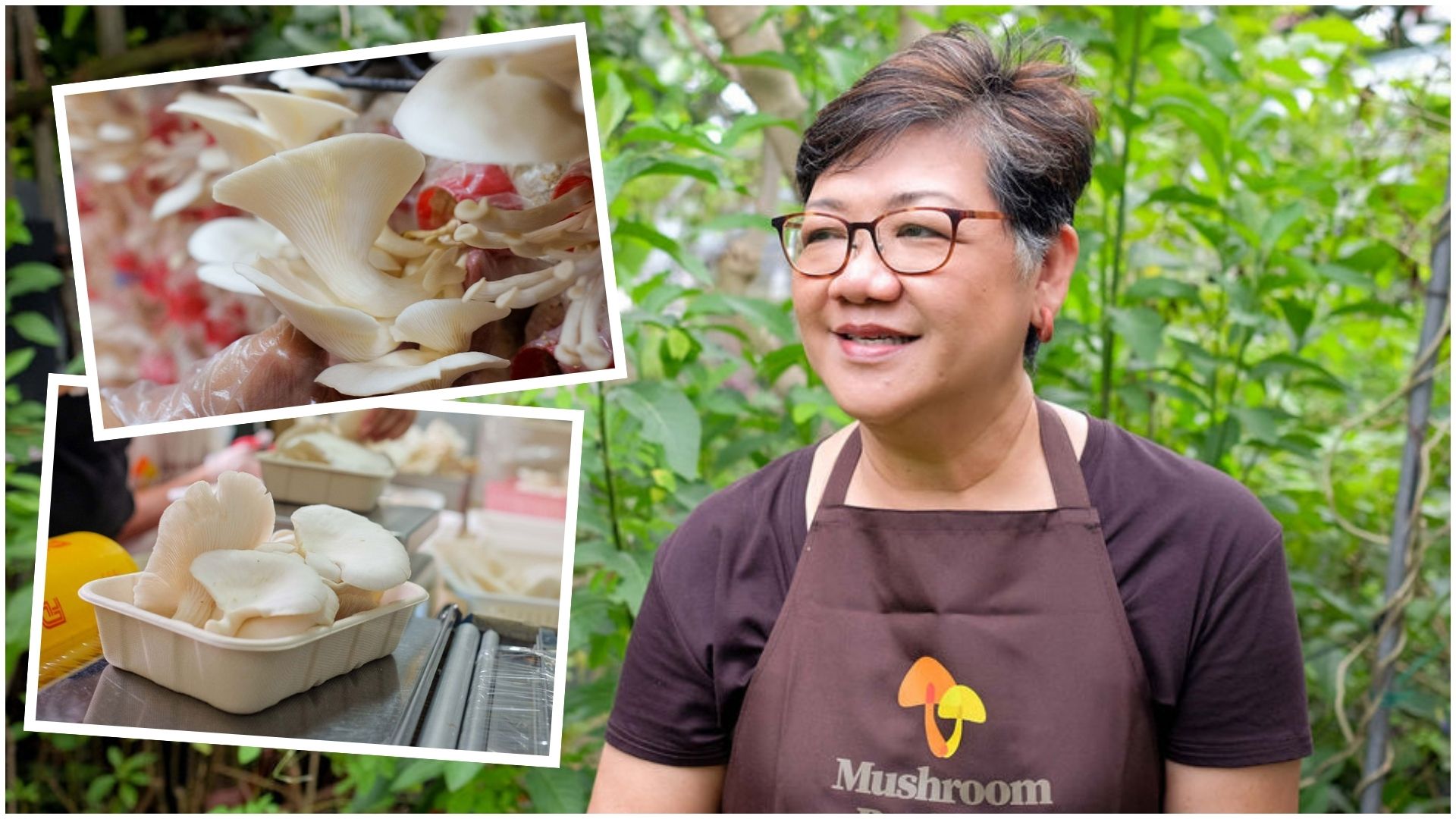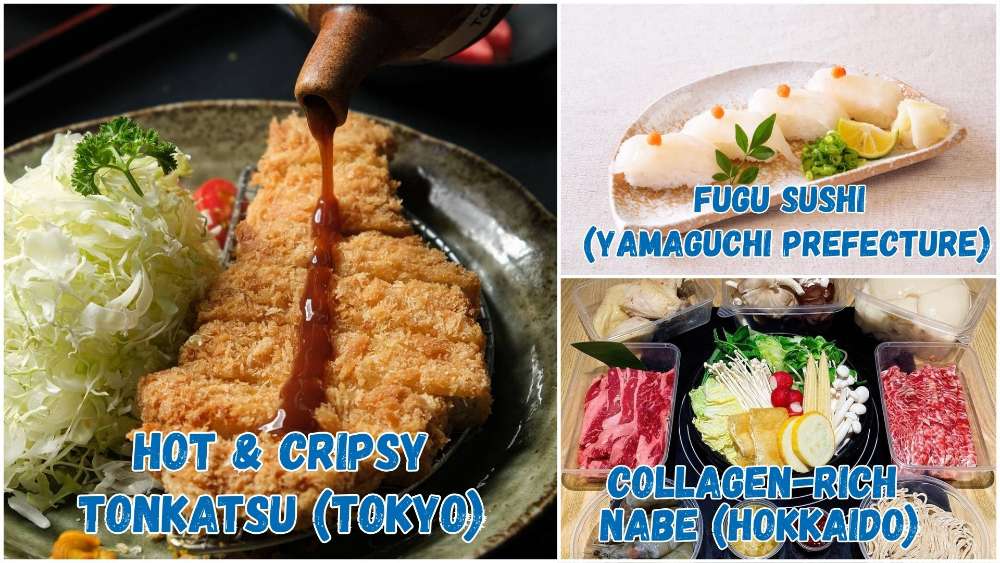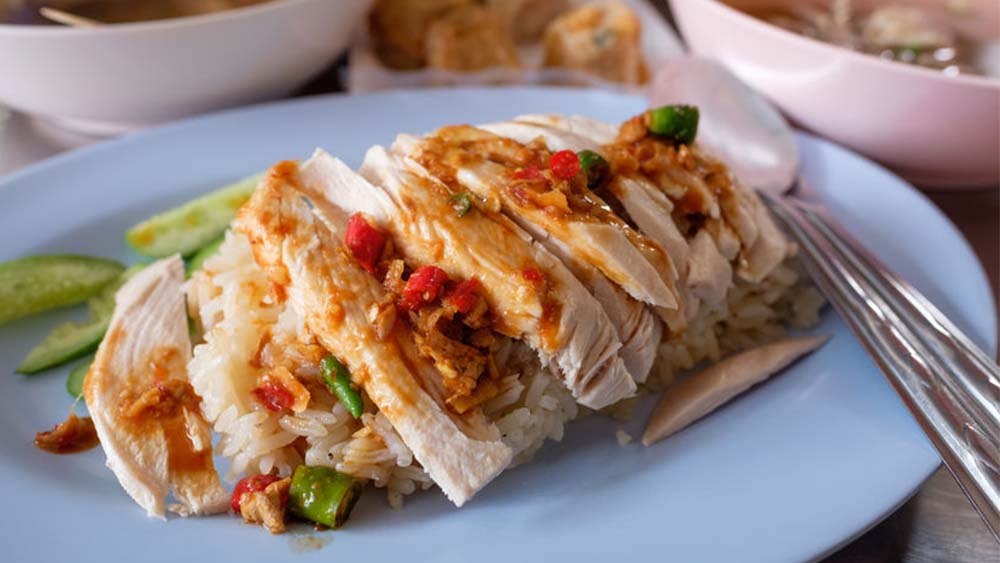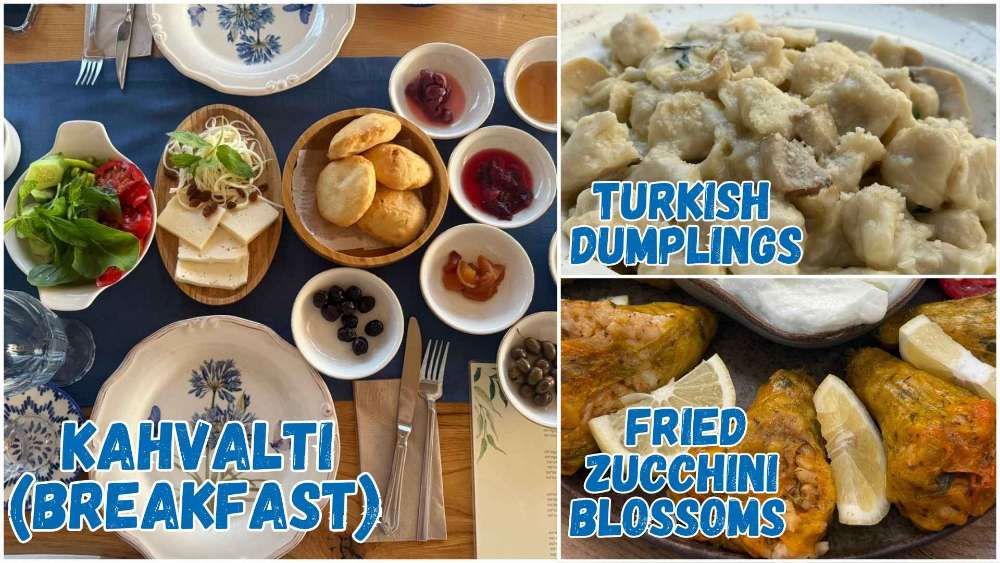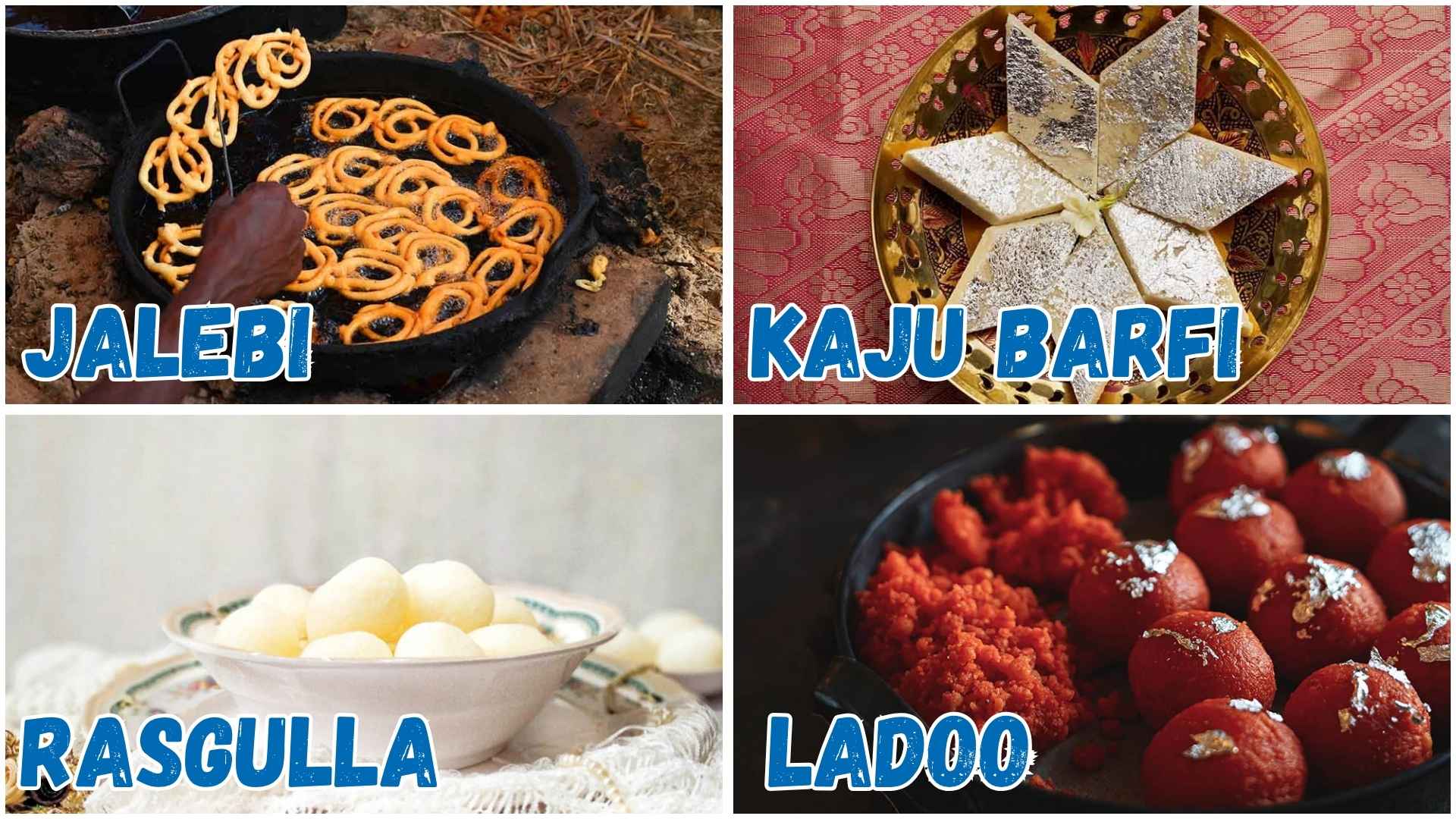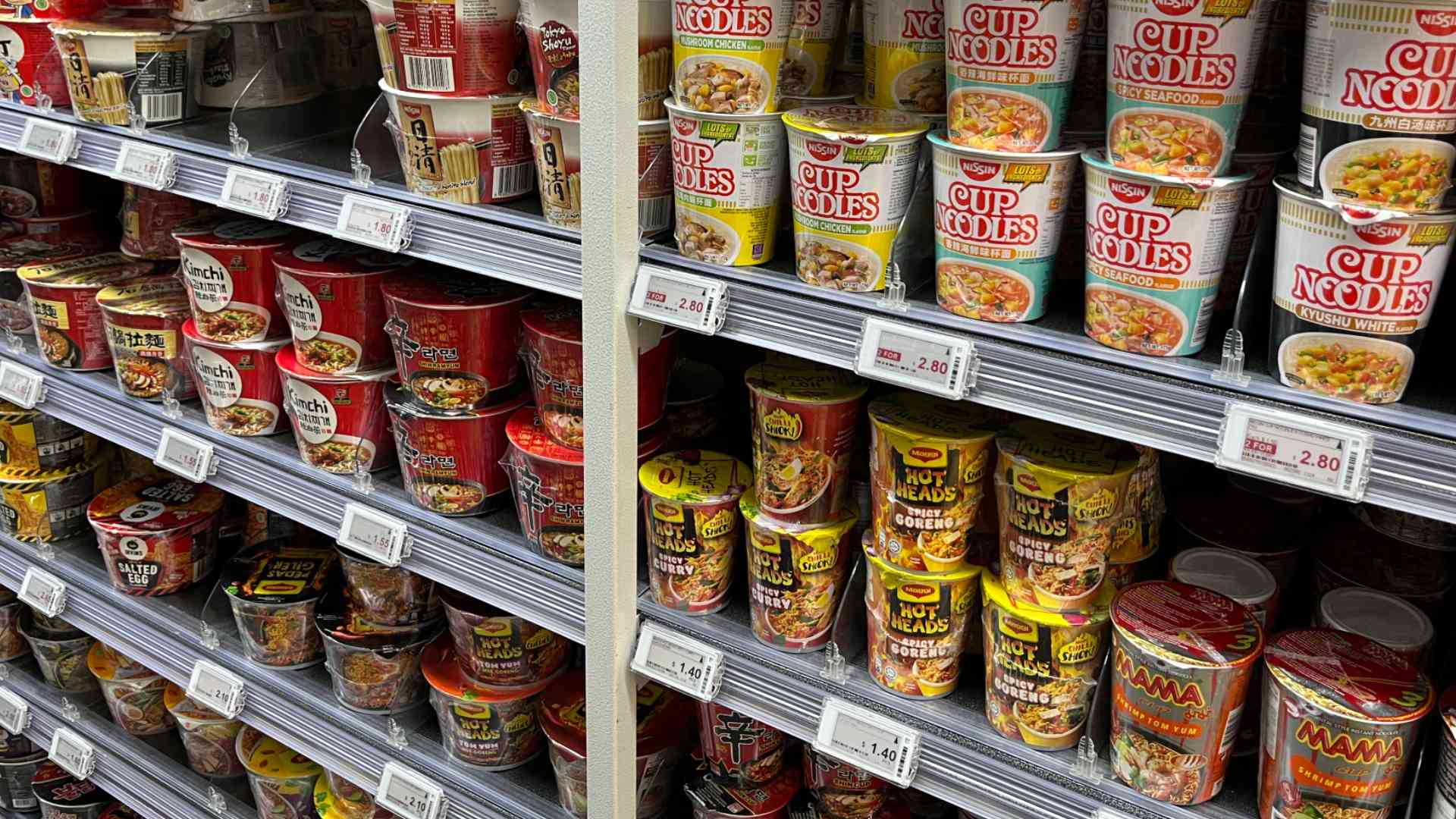How To Manage Your Sodium Intake While Still Enjoying Hawker Eats
Findings from the Ministry of Health's National Population Health Survey 2022 and Health Promotion Board's National Nutrition Survey 2022 revealed that nine in 10 Singaporeans are consuming too much salt, with daily sodium intake spiking from 3,480mg in 2019 to 3,620mg in in 2022. FYI: The recommended daily allowance for sodium is 2,000mg.
Excessive sodium intake can have several negative effects on the body, as sodium plays a crucial role in maintaining various physiological processes. Some of the potential consequences include high blood pressure (hypertension), cardiovascular issues, and kidney damage.
The same survey found that more than one in three people are now afflicted with high blood pressure, putting them at risk for heart disease and stroke. In other words, while eating may be our national pastime, we need to reevaluate our diets for the sake of improving our health.
That doesn’t mean you need to immediately throw out your char siew and replace it with kale (although it certainly wouldn’t hurt). It can take a while to reform your eating habits, and often it’s more effective to start with small adjustments than to do a complete lifestyle overhaul.
Given this report, there’s no better time for some tips on how to enjoy your favourite hawker eats while controlling your sodium intake.
General tips
- Choose steamed or boiled dishes: Opt for dishes that are steamed or boiled instead of fried or stir-fried. Steamed or boiled options are typically lower in sodium as they rely less on salty sauces and seasonings.
- Ask for less sauce: When ordering dishes like noodles or rice, ask for less sauce or gravy. The sauces used in many hawker dishes can be high in sodium, so by reducing the amount, you can cut down on your sodium intake.
- Choose lean proteins: Select dishes that feature lean protein sources like chicken or tofu instead of those with processed or fatty meats, as processed meats tend to be higher in sodium.
- Opt for fresh ingredients: Fresh ingredients, such as vegetables and tofu, are generally lower in sodium compared to processed or canned versions. Look for dishes with plenty of fresh vegetables.
- Drink plenty of water: Consuming water before and during your meal can help dilute the sodium in your system and make you feel fuller, potentially reducing your overall intake.
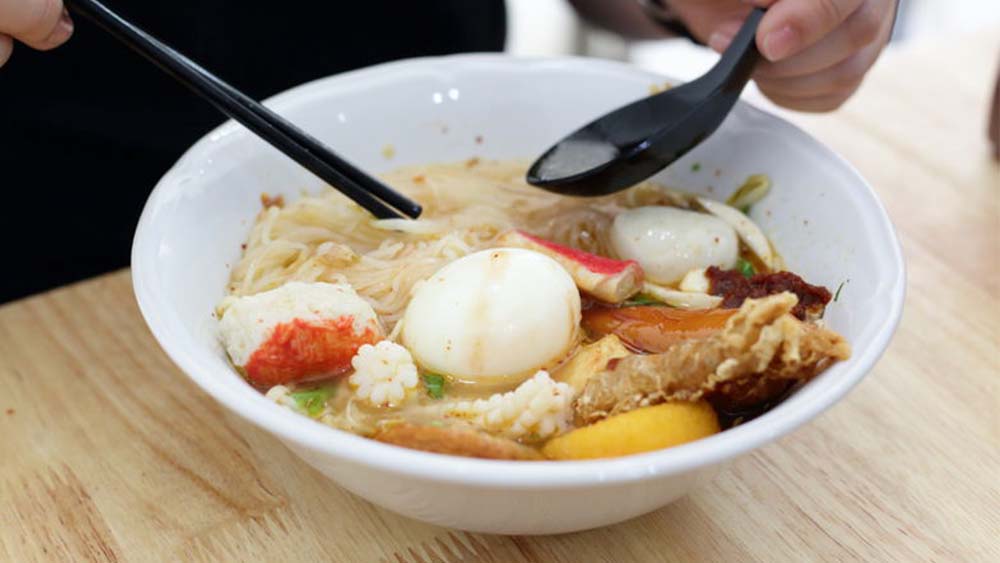 IMAGE: 123RF
IMAGE: 123RF
Recommended adjustments
Yong Tau Foo
Yong tau foo isn’t as healthy as it looks, as the broth can be a significant source of sodium. You can reduce the sodium content by using low-sodium broth or making your own broth with reduced salt. If you’re dining out, then eat less of the soup.
Another tip: Opt for fresh vegetables and tofu. Canned or processed ingredients (cough: luncheon meat) may contain added salt, so using fresh produce can help reduce sodium. Consider skipping the sauce or using it sparingly will help you cut sodium further.
Mee Siam
Rice vermicelli might seem like a healthier choice, but be cautious with the amount of sauce you slurp up as the chili paste can be salty. Load up on fresh bean sprouts and lime for added flavour.
Hainanese Chicken Rice
One of the main sources of sodium in Hainanese chicken rice is the soy sauce used to season the chicken. When ordering it, ask for or use less soy sauce to reduce sodium. You might want to skip dark soy sauce altogether since it is saltier than light soy sauce.
Char Kway Teow
Request less dark soy sauce and ask for more vegetables and tofu. Share the dish with a friend to reduce portion size.
Wanton Mee:
Opt for soup-based wanton mee instead of dry, as it usually has less sauce. And while you can also request less soy sauce and seasoning, remember not to drink up all the soup either.
Roti Prata
Some prata variations include fillings like cheese or sausage, which can add to the sodium content. Opt for plain prata or prata with non-salty fillings like egg or onion to reduce sodium intake. Be cautious with condiments like curry or dhal, as they can be seasoned with salt. Use them sparingly or ask for less salty condiments.
Nasi Lemak
Sambal is one of the saltiest components of nasi lemak. Ask for less sambal or request it to be served on the side so you can control the amount you use. Ikan bilis is often quite salty as well. Use them sparingly or request a smaller portion if you're concerned about sodium.
Bak Kut Teh
Order bak kut teh with a clear soup as it may have a lower sodium content compared to the darker and saltier versions. Opt for lean cuts of pork to reduce the overall fat and salt content in your dish.
Fish Soup
Skip the fish cake – some can be high on sodium due to added seasonings. Ask for more tofu instead!
Cai Fan
Lowering your salt or sodium intake when ordering cai fan can be a bit challenging, as many of the dishes available at these stalls may contain varying levels of sodium. But you can reduce your sodium intake by choosing steamed or boiled dishes, by asking for less gravy, and by loading up on vegetables instead of fried foods, curry dishes, and processed meats. Tofu dishes, boiled or steamed fish, and simple leafy greens are among some of the healthier picks.
Remember, hawker food can be flavourful without excessive salt. Feel free to communicate your preferences to the hawker uncle or aunty and ask for adjustments to suit your dietary needs. Additionally, sharing dishes and drinking water can help reduce your sodium intake while enjoying a variety of delicious hawker eats.
For the latest updates on Wonderwall.sg, be sure to follow us on TikTok, Telegram, Instagram, and Facebook. If you have a story idea for us, email us at [email protected].




